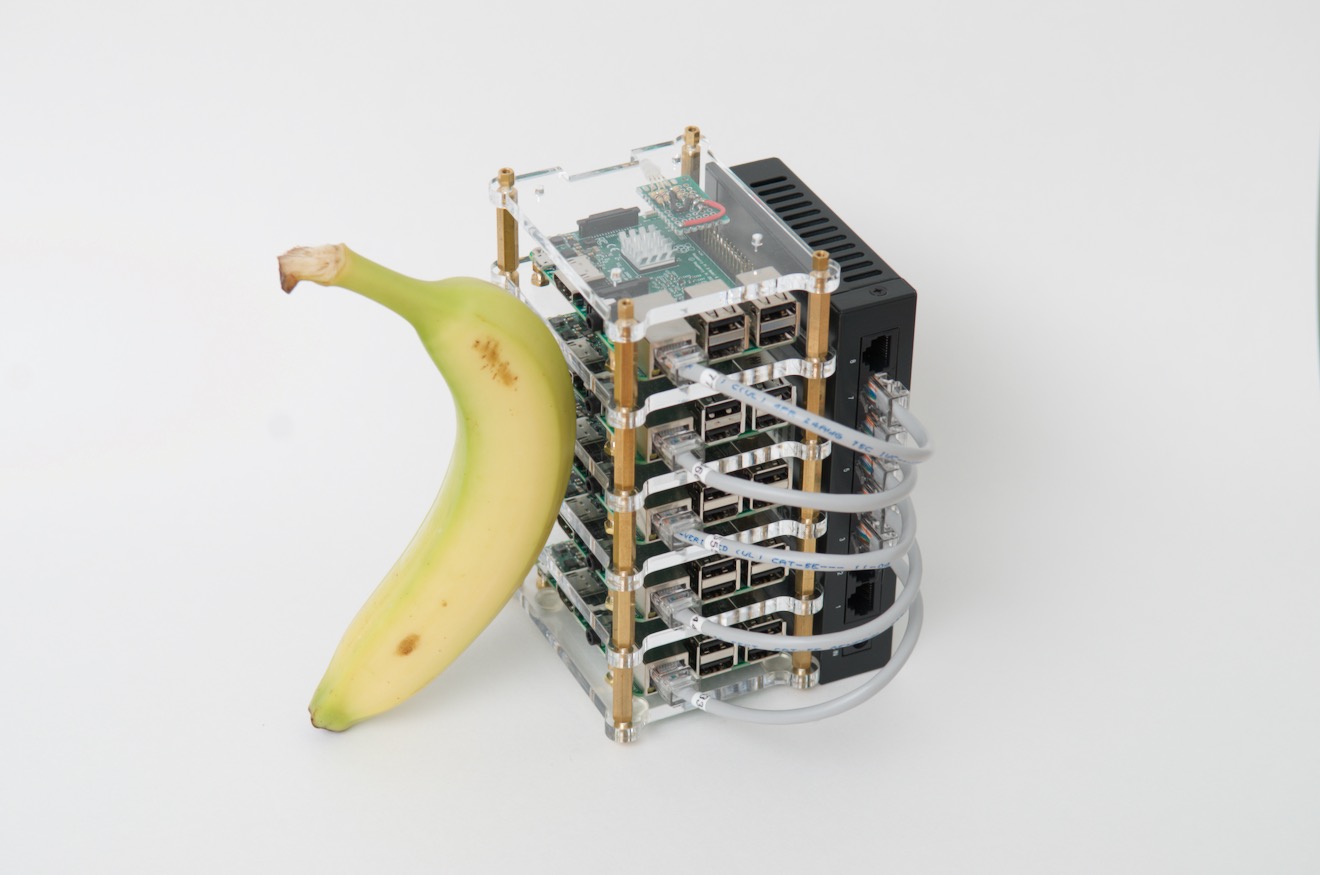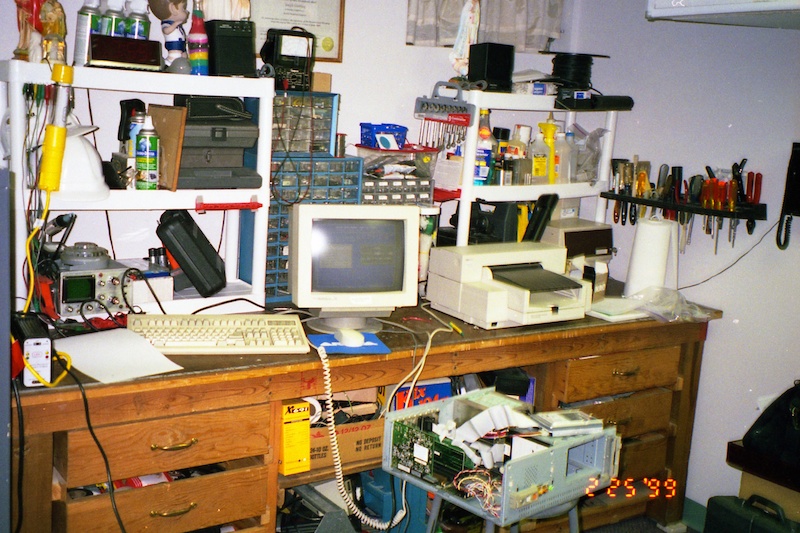Why build a Raspberry Pi Cluster?

After I posted my Raspberry Pi Blade server video last week, lots of commenters asked what you'd do with a Pi cluster. Many asked out of curiosity, while others seemed to shudder at the very idea of a Pi cluster, because obviously a cheap PC would perform better... right?
Before we go any further, I'd say probably 90 percent of my readers shouldn't build a Pi cluster.
But some of you should. Why?
Well, the first thing I have to clear up is what a Pi cluster isn't.
Note: This blog post corresponds to my YouTube video of the same name: Why would you build a Raspberry Pi Cluster?. Go watch the video on YouTube if you'd rather watch the video instead of reading this post!
